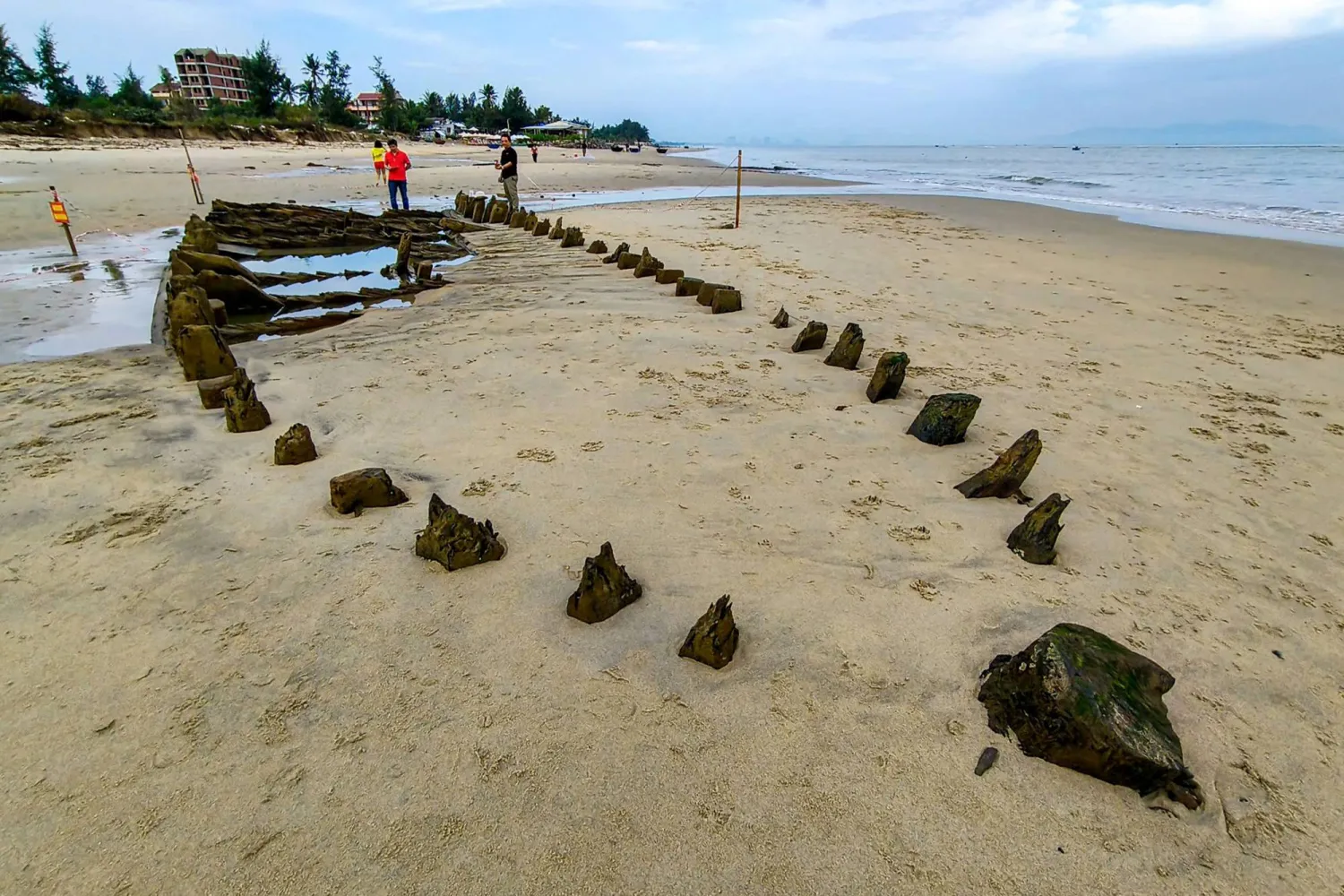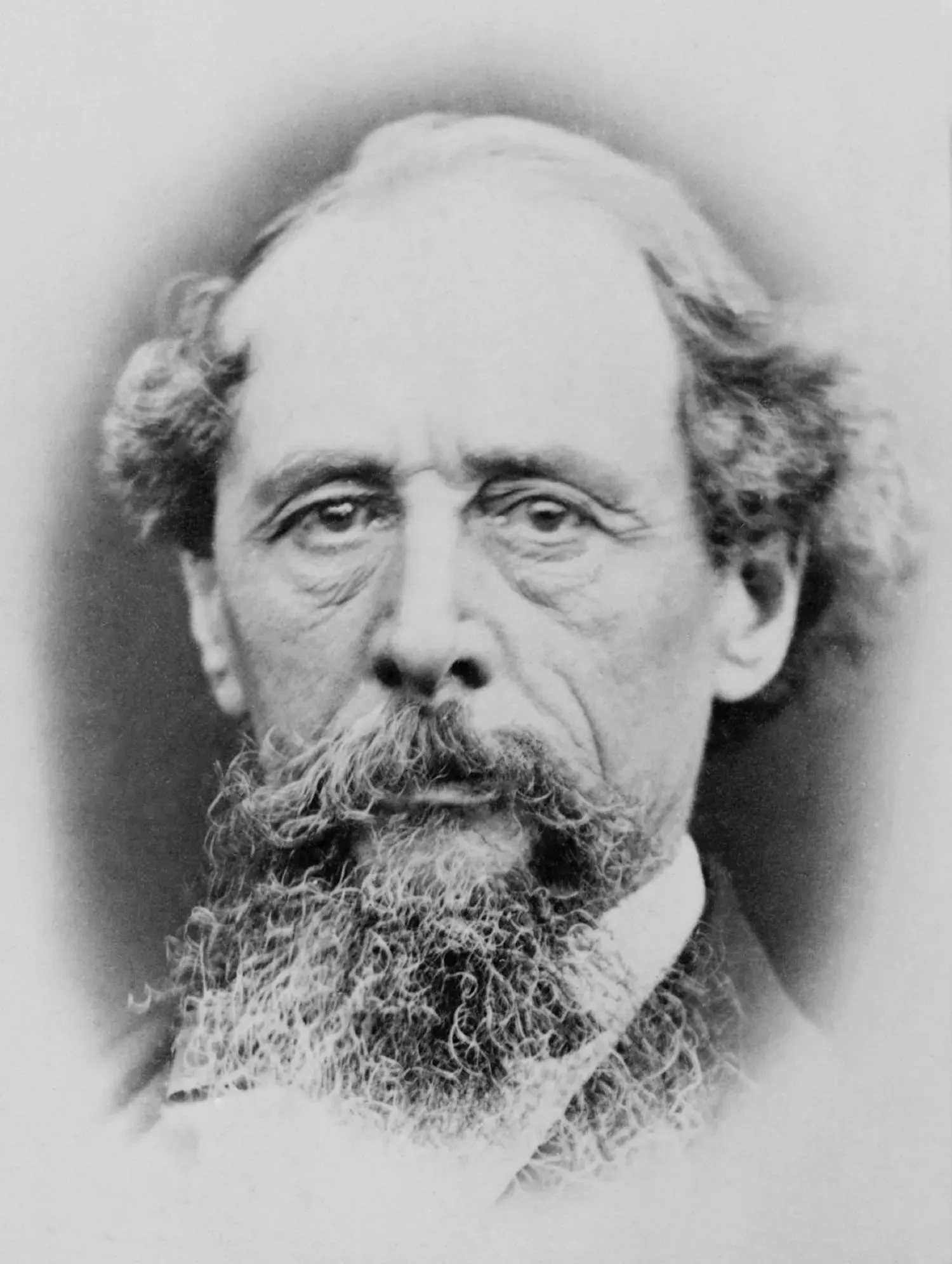Paintings and sculptures from the collection of late Microsoft co-founder Paul Allen were auctioned off for a historic $1 billion Wednesday, Christie's auction house said, with records set for works by Van Gogh, Cezanne, Gauguin, Seurat and Klimt.
At the end of the night Wednesday, five paintings entered the exclusive club of works of art sold for more than $100 million at auction, the New York auction house said.
The most expensive piece of art of the evening, Georges Seurat's 1888 work "Les Poseuses, Ensemble (small version)", a renowned work of pointillism, fetched $149.24 million, including fees, Christie's said.
The auction house had announced that all the proceeds would be donated to charity, said AFP.
While only 60 of 150 lots were sold on Wednesday, with the rest to be auctioned off Thursday, the value of the collection has already surpassed the previous record for the Macklowe collection, named after a wealthy New York couple, which fetched $922 million at competitor Sotheby's earlier this spring.
The two-day sale in New York came as experts say the super wealthy are viewing art as a safe investment this year amid a tumultuous global economy and Russia's war in Ukraine.
Allen made his fortune with the establishment of the PC operating system with his better-known Microsoft co-founder Bill Gates in 1975.
He amassed a huge art collection which he used to lend to museums before his death in 2018 at the age of 65.
Allen left Microsoft in 1983, due to health problems and a deteriorating relationship with Gates, who remained in charge of the company until 2000.
Despite their strained friendship, Allen signed Gates's "Giving Pledge" campaign and all proceeds from the auction are to be donated to charitable causes.
At auction Wednesday, French painter Paul Cezanne’s "La Montagne Sainte-Victoire" fetched $137.8 million, almost double the artist’s auction record.
A work by Vincent Van Gogh, "Orchard with Cypresses," broke the Dutch artist's previous record, bringing in $117.2 million.
A painting from Paul Gauguin's Tahitian period, "Maternity II," brought $105.7 million.
Austrian painter Gustav Klimt's "Birch Forest" brought in $104.6 million.
Another 95 works from Allen's collection go on sale Thursday.









